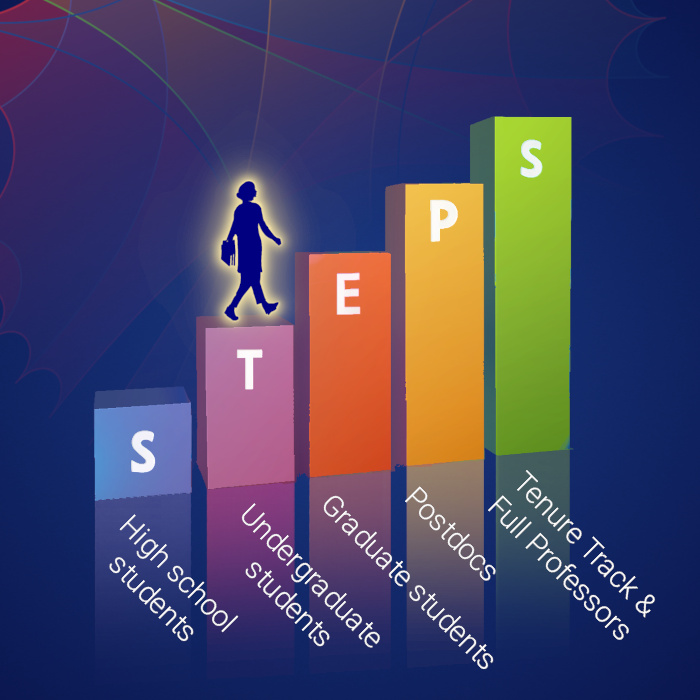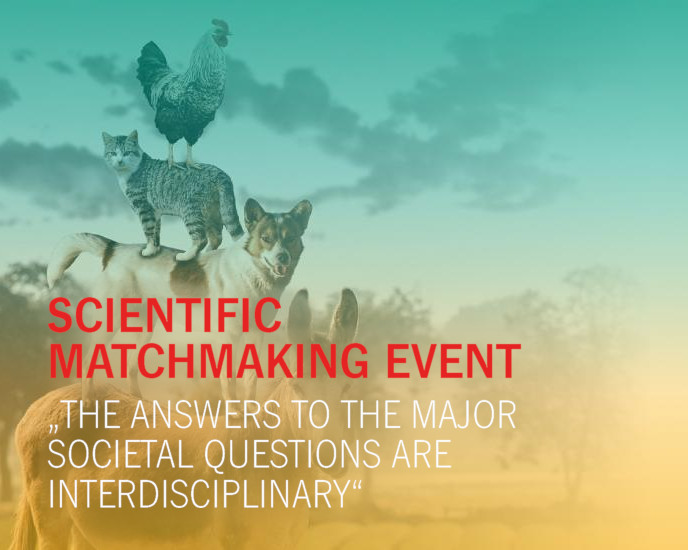Newsroom
Stay informed with our latest news and announcements on this page. For more in-depth content, we also encourage visitors to explore our bimonthly STRUCTURES Newsletter magazine, which features a variety of articles, interviews with members, and background information on our latest research and activities.
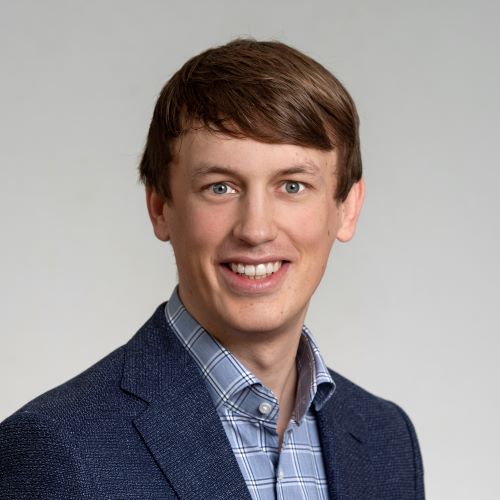 Jun-Prof Dr Felix Joos
Jun-Prof Dr Felix JoosWe are delighted to announce that our member Felix Joos has been awarded one of the two prestigious European Prizes in Combinatorics 2023 for his groundbreaking contributions to the field of discrete mathematics. Felix Joos leads the Theoretical Computer Science Group at Institute for Computer Science (IFI), where his research focuses on graphs and hypergraphs, addressing algorithmic, extremal and structural questions, along with problems involving probability theory. His exceptional work on asymptotic decomposition theorems related to the Oberwolfach problem and quasirandom hypergraphs received particular recognition by the jury of the prize.
The European Prize in Combinatorics is a highly distinguished biennial award that honours researchers under the age of 36, and with a connection to Europe, who have made substantial contributions to the field of combinatorics. Established in 2003, the award has a rich history of acknowledging some of the most influential figures in this field, with the recipients chosen by an expert panel of international mathematicians. This year, the jury included Tomasz Luczak from Adam Mickiewicz University, Jaroslav Nesetril from Charles University in Prague, and Emo Welzl from ETH Zurich. The award includes a cash prize of €2,500.
We congratulate Felix Joos on this well-deserved honour and eagerly anticipate his continued excellence in research, which promises to bring further collaborative projects and cooperation.
Further information:
The STRUCTURES STEPS Mentoring Programme is set to kick off a new round of mentor-mentee pairing in the winter term of 2023/2024. Whether you are a first-time participant or have previously been involved, we eagerly anticipate your participation. The programme aims to foster valuable interactions and networking among individuals from diverse professional backgrounds, promoting an atmosphere of openness and mutual learning, while making it easier for participants to engage with others.
Simply apply by filling out the matching form with your preferences and send it via mail to office@structures.uni-heidelberg.de. Any questions? We are happy to help! Find more infos on the STEPS webpage or contact us directly!
The deadline for submission is November 06, 2023
Further information:
We are happy to announce the Mini Symposium: Mathematical Data Science and Optimization taking place Oct 23-24 at Mathematikon Room 5.104 (INF 205). Speakers will be Johannes Maly (University of Munich), Lisa Kreusser (University of Bath), Jakob Zech (Heidelberg University), Diyora Salimova (University of Freiburg), Konstantin Rusch (MIT / ETH Zurich), Johannes Hertrich (TU Berlin), Johannes Wiesel (Carnegie Mellon University) and Caroline Geiersbach (WIAS Berlin).
Abstracts and more details can be found on the MLAI website.
“The Answers to the Major Societal Questions are Interdisciplinary”
On October 26, 2023, 5-9 pm, the Heidelberg Karlsruhe Strategic Partnership (HEIKA) invites junior and senior scientists from all disciplines and institutes to its next Scientific Matchmaking Event. Topics will include the future of climate change and environmental protection, global inequality and social justice, technological progress and ethics, health challenges, education and life-long learning. The event takes place from at the Design Offices, Bahnhofplatz 12, Karlsruhe. Note: Places are limited. Sign up now!
Further information:
Anja Randecker to Receive Hengstberger Prize at Heidelberg University's 637th Anniversary Celebration
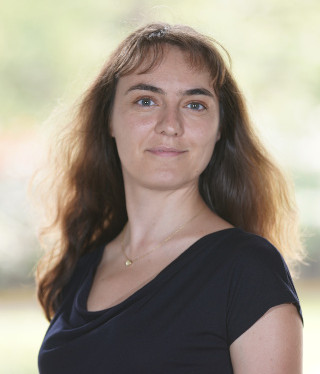 Dr Anja Randecker
Dr Anja RandeckerWe are delighted to announce that our member Anja Randecker, researcher at the Institute of Mathematics (IMa), will be honoured with the prestigious Klaus-Georg and Sigrid Hengstberger Prize for her outstanding research contributions. The recognition acknowledges her outstanding work in the field of geometry and surface dynamics. Anja Randecker is a principal investigator at the Research Station Geometry & Dynamics and in the Research training group Asymptotic Invariants and Limits of Groups and Spaces and has been involved in the founding of the Heidelberg Experimental Geometry Lab (HEGL).
The award ceremony will take place during the university's 637th anniversary celebration on Saturday, Oct 21, 2023, in the Great Hall of the Old University (Aula der Alten Universität). The esteemed award, valued at 12,500 euros, will be presented to three promising early-career researchers, with Anja Randecker being among the distinguished recipients. In addition, the prize-winners will have the opportunity to hold their own scientific symposia at the International Academic Forum Heidelberg.
Further information:
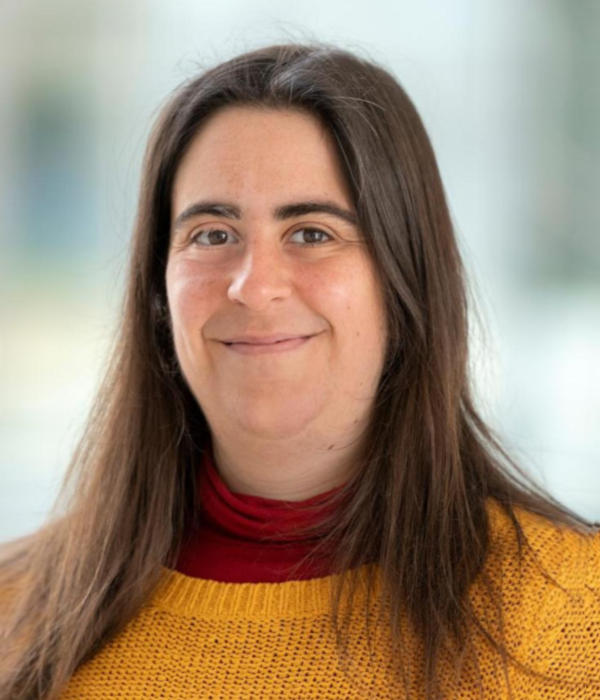 Maria Beatrice Pozzetti, W3 Professor for Pure Mathematics
Maria Beatrice Pozzetti, W3 Professor for Pure MathematicsWe are delighted to announce that STRUCTURES member Maria Beatrice Pozzetti has recently been promoted from tenure-track junior professor to W3 professor in Pure Mathematics in the Faculty of Mathematics and Computer Science. Professor Pozzetti is a principal investigator of STRUCTURES and one of the coordinators of STRUCTURES' Comprehensive Project CP 7: Quantum Geometry and Topological Methods in Physics. Moreover, she has been leading the Emmy-Noether research group Discrete subgroups of semisimple Lie groups beyond Anosov, and she is a driving force of the Mathematics and Data line of research in our cluster, the Research Station Geometry + Dynamics and the Heidelberg Experimental Geometry Lab HEGL.
Congratulations, Beatrice, for this well-deserved promotion! We thank you for your excellent work and leadership and eagerly anticipate your continued contributions to the STRUCTURES Cluster of Excellence and to the broader academic community.
Weblinks:
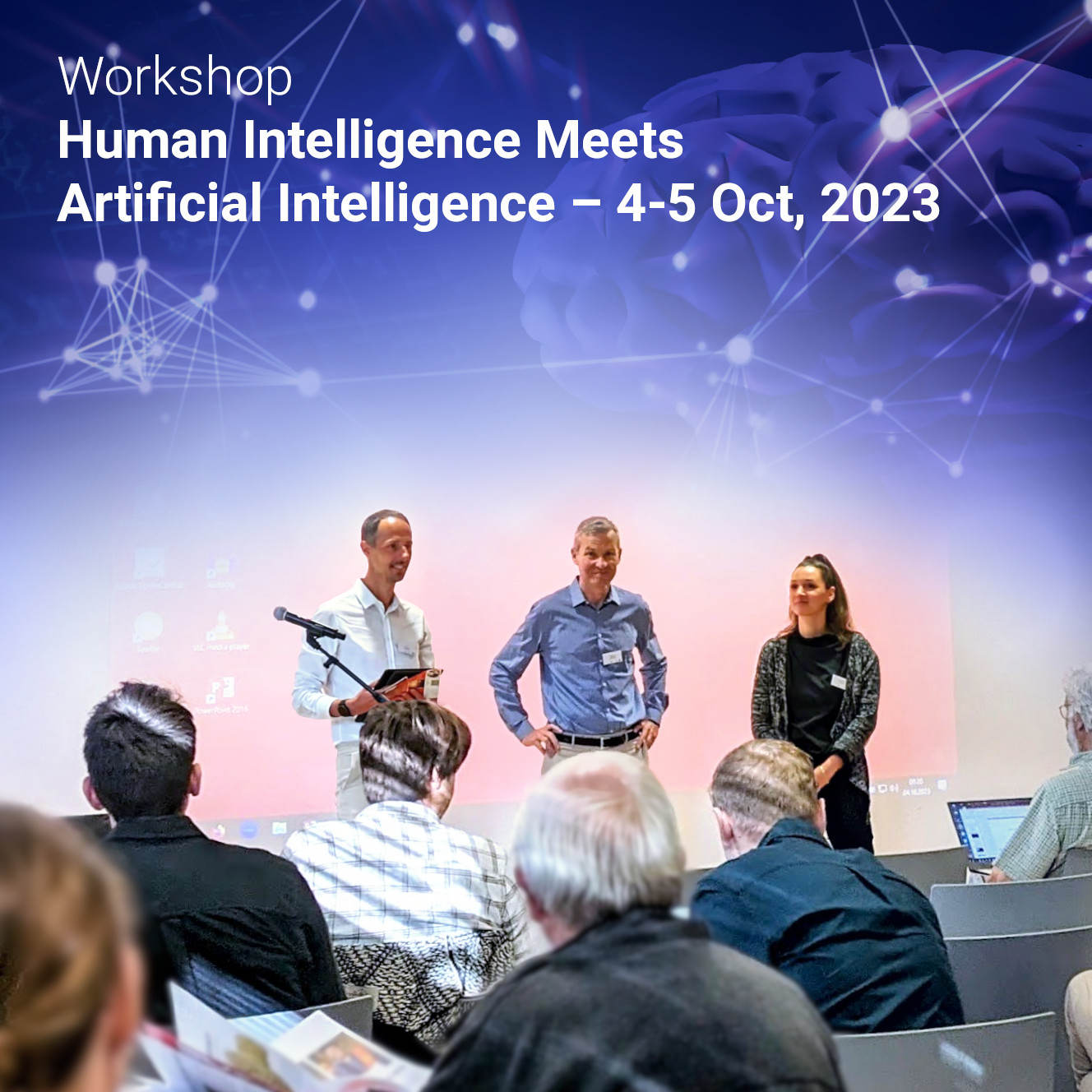
How can cognitive science inform artificial neural network research and vice versa? This question was the focus of the interdisciplinary and collaborative workshop Human Intelligence meets Artificial Intelligence, jointly organized by STRUCTURES and Field of Focus IV: "Self-Regulation & Regulation: Individuals & Societies" at Heidelberg University, from Oct 4 to 5, 2023.
Over the course of two days, nearly one hundred participants with diverse academic backgrounds convened at Marsilius Kolleg to engage in a vibrant exchange of ideas with invited experts spanning the fields from cognitive and neuroscience to scientific machine learning, biomedicine and brain-inspired computing. Through instructive keynote talks and stimulating discussions, the workshop provided a unique multidisciplinary perspective on the phenomenon of intelligence and its emergence from neural structure and cognitive processes. The event generated novel insights about common principles, ideas and promising pathways for collaboration to advance our understanding of both human intelligence and modern AI tools, bridging both fields.
Further information:
